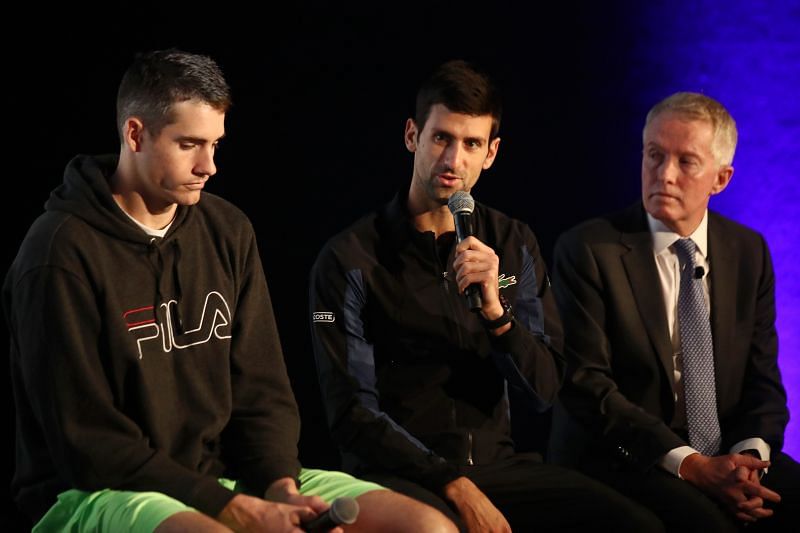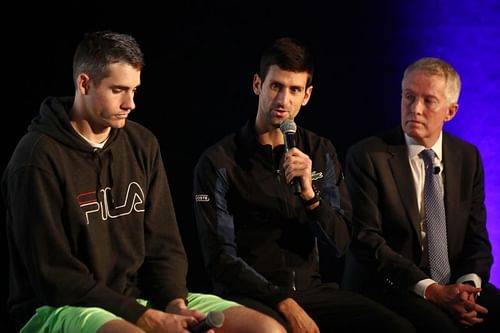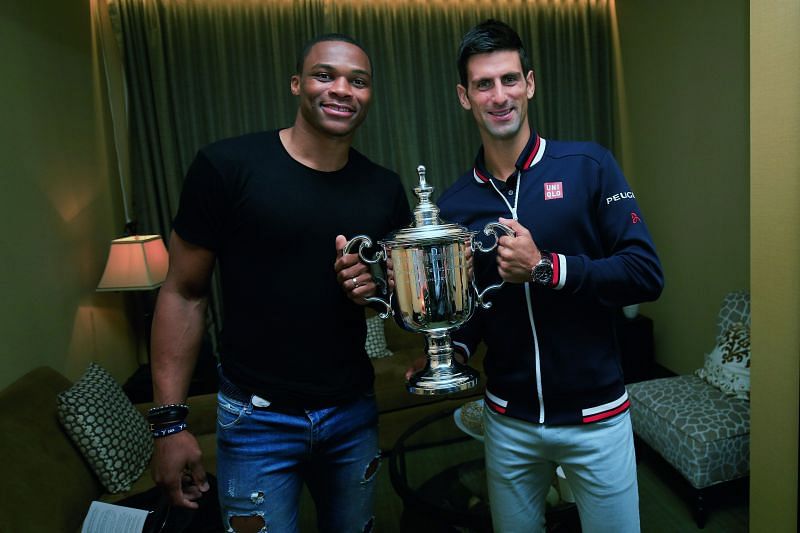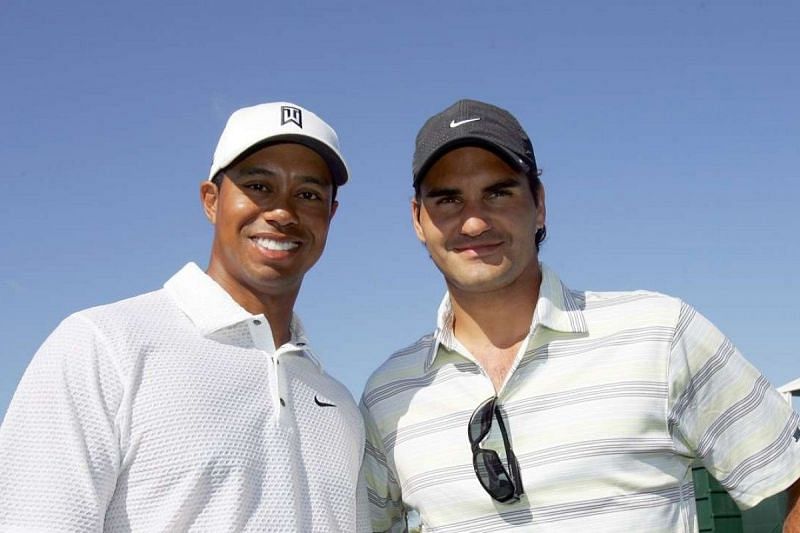
John Isner & Novak Djokovic have a valid point; tennis players are victims of ATP's poor revenue model

Novak Djokovic took another giant step in his march towards tennis history last week by winning an unprecedented ninth Australian Open title. A laundry list of records fell at Djokovic's feet with his win, and a few more await him this season, but the tennis world has been paying almost as much attention to the Serb's incredible feats as to the politics and finances of the ATP tour.
John Isner caused a stir earlier this week as he complained about tennis players not being paid enough amid the pandemic, while ATP executives were receiving full salaries. Isner's comments came in response to the news that there will be a significant prize money reduction at this year's Miami Masters, which is scheduled to take place from 22 March to 4 April.
The Miami event will see the champions take an 80% cut from last year's edition, which means the winner's cheque will be worth $300,110 in 2021. The total prize money at the Miami Open is down 60%, from $16.7 million in 2019 to $6.68 million ($3.34 million for each of the ATP and WTA events) in 2021.
Isner even insinuated that tennis is being run like an 'intramural sport', before proceeding to cite NBA, PGA and MLB as examples of professional bodies with a better revenue model.
That said, John Isner is not the first male player to call for greater safeguarding of players' financial interests. Novak Djokovic, who has accumulated more than $100 million in prize money, also believes that tennis players are not earning enough - especially when compared to pros in other sports like basketball, golf, baseball, hockey, etc.
Last year Djokovic formed a breakaway player union called the PTPA, in hopes that tennis players' prize money interests were protected. But there seems to be very little progress on that front, going by Isner's words.
Amid the COVID-19 pandemic, even the Grand Slams have been forced to significantly decrease the amount of prize money they offer players. But the revenue distribution at Slams is not the main problem right now.
The governing body of the three men's professional tennis circuits - the ATP Tour, the ATP Challenger Tour and the ATP Champions Tour - distributes even less revenue to the players compared to the Grand Slams. It is easy to understand why so many problems have a problem with that.
Tennis and basketball are different sports altogether, but ATP can learn a lot from NBA's revenue model

Even though things are roughly back on track now after the worst of the COVID-19 pandemic has passed, a lot has changed at the micro level. Sports events are now either played in a 'bubble', or with the participants undergoing quarantine for 14 days before they play. The NBA was the first organization to hold games in a bubble, and ATP followed suit last August.
The costs of implementing these safety measures along with the hotel accommodation expenses of players were bound to make a hole in the ATP's purse. That in turn has led to prize money cuts across all tournaments over the last eight months.
But basketball hasn't faced the same kind problems; NBA players continue to be better incentivized by their governing body than tennis players are.
Some might argue that there is a huge discrepancy between basketball and tennis, particularly that basketball is a team sport while tennis is an individual one. But the fact that an Oklahoma City Thunder player gets more money for playing a regular season (even without winning the title) than a tennis pro who is consistently ranked in the ATP top 50, says a lot about the revenue models of the two sports.
A few years ago, Novak Djokovic had pointed out how NBA distributed around 50% of their income, while the Grand Slams in tennis only paid around 7% to the male players. This is true even today; the NBA accrues about $8 billion in annual revenue every year and pays out about half of that to basketball teams in television deals, ticketing sales, licensing, sponsorship, jersey patches, etc, while in tennis the share allocated to players is laughably smaller.
While tennis players accumulate prize money based on their performances at the Grand Slams and ATP events, basketballer players are given salaries by the teams - which can be anything between $8-10 million a year. In addition to salary, basketball players are also incentivized throughout the year in different ways.
There is no concept of 'prize money' in basketball for performances, the way there is in tennis. There is, however, a pool of $15 million – funded by post-season shares in NBA – that is distributed to the teams as they advance through the playoffs (played by the best 16 teams) in the following manner:
* First-round qualifiers make $347,545.
* Conference semifinalists make $413,534.
* Conference finalists make $683,363
The NBA Finals, which is the annual championship series of the league, then incentivizes the two finalist teams too. The championship-winning team gets around $6 million, whereas the runner-up gets $2 million. These figures are then distributed by the teams among the roster players.
All in all, the 16 teams playing in the playoffs receive around $23 million just for participating.
Compare that to the measly prize money a player would get for making the later rounds of a big tournament (Roberto Bautista Agut got just a bit more than $100,000 for making the Cincinnati semis). The complaints of Novak Djokovic and John Isner about the ATP business/revenue model suddenly start looking very valid.
NBA also received around $1 billion from a nine-year sponsorship contract with Nike recently, which was again distributed among the teams. Even without counting the money they make through other avenues like merchandising, TV and media deals, it is safe to assume that basketball players are much better paid than tennis players.
Tennis and golf are similar sports, but their business models are again very different

While there are a lot of fundamental discrepancies between basketball and tennis as sports, golf and tennis are fairly similar in many ways. Both tennis and golf are individual sports, and the players are ranked based on their yearly performance. But the most important similarity is that tennis players as well as golfers are incentivised by their respective governing bodies through 'royalty' and investment income.
Royalty represents the money that is distributed among players at a tournament, but investment income is something totally different. PGA tour, the organizing body behind the main golf tour in the US and North America, is sponsored by several investment firms. Fans can 'buy' the shares of pro golfers playing on the tour, who are then financially rewarded with the profits from these shares after their retirement.
The ATP tour is currently way behind the PGA tour when it comes to pension expenses for their players; in fact, the ATP doesn't have a solid player pension fund at all.
Below is an extract of the two tours' tax filings in 2017, where their expenses are revealed:
As we can see, the ATP tour distributes around $700,000 to the players from its total revenue of $147 million. On the other hand, PGA distributes a mammoth $86 million to its tour pros from a total revenue which is 10 times higher than that of the ATP. (Side note: the Major tournaments in both tennis and golf have not been considered here).
The ATP Tour is lower than the four Grand Slams when it comes to revenue. But the golf tour and the Majors have a completely opposite relationship; the PGA tour completely dominates traditional tournaments like the US Open and The Open Championship in the revenue aspect.
The top five tennis players - including Novak Djokovic, Rafael Nadal and Roger Federer - do manage to earn more than the top five golfers. But as the graph below shows, golfers ranked inside the top 100 earn twice as much as tennis players of the same billing do.
According to this graph, the 100th ranked golfer earned $1 million in 2019, whereas an ATP player received around $500,000.
The relationship between prize money and ranking also worsens for the tennis players outside the top 100, meaning a golfer would be much better off ranked inside the top 200 of the PGA rankings than a tennis player would be inside the top 200 of the ATP rankings.
Sure, the prize money figures at the Grand Slams are bound to be better than the figures on the ATP tour. But at the end of the day, the financial situation for players who are not ranked in the top rungs of tennis is considerably worse than their counterparts in golf.
So the next time we hear John Isner or Novak Djokovic bemoaning the fact that tennis doesn't have a revenue model like basketball or golf, it might be a good idea to hear them out. The sooner the powers that be pay heed to their points, the better it will be for the financial health of tennis players.